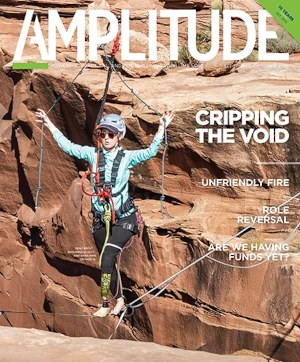People with diabetes may suffer from wounds that are slow to heal and can lead to ulcers, gangrene, and amputation. New research from an international group led by Min Zhao, MD, PhD, professor of ophthalmology and of dermatology at the University of California, Davis (UC Davis), shows that, in animal models of diabetes, slow healing is associated with weaker electrical currents in wounds. The results could lead to new approaches for managing patients with diabetes, Zhao stated.

“This is the first demonstration, in diabetic wounds or any chronic wounds, that the naturally occurring electrical signal is impaired and correlated with delayed healing,” Zhao said. “Correcting this defect offers a totally new approach for chronic and nonhealing wounds in diabetes.”
Previous work by Zhao and Brian Reid, PhD, project scientist at the UC Davis Department of Dermatology, showed that electric fields, which are associated with living tissue, are also associated with healing damage to the cornea.
In the new work, published June 10 in the open-access journal Scientific Reports, Zhao, Reid, and colleagues used a highly sensitive probe to measure electrical fields in the corneas of isolated eyes from three different lab mouse models with different types of diabetes: genetic, drug-induced, and due to eating a high-fat diet. In a healthy eye, there is an electrical potential across the thickness of the cornea. Removing a small piece of cornea through a scratch collapses this potential and creates electric currents, especially at the edges of the wound. Cells migrate along the electric currents, closing the scratch wound in about 48 hours. The researchers found that these electric currents were much weaker in the eyes of mice from all three strains of diabetes than in healthy mice. Delayed wound healing was correlated with weaker electric currents.
“We saw similar results with all three models,” Reid said.
The researchers also found that human corneal cells exposed to high levels of glucose showed less response to an electric field. People with diabetes have high levels of glucose in their tears, Reid noted.
Editor’s note: This story was adapted from materials provided by UC Davis.




